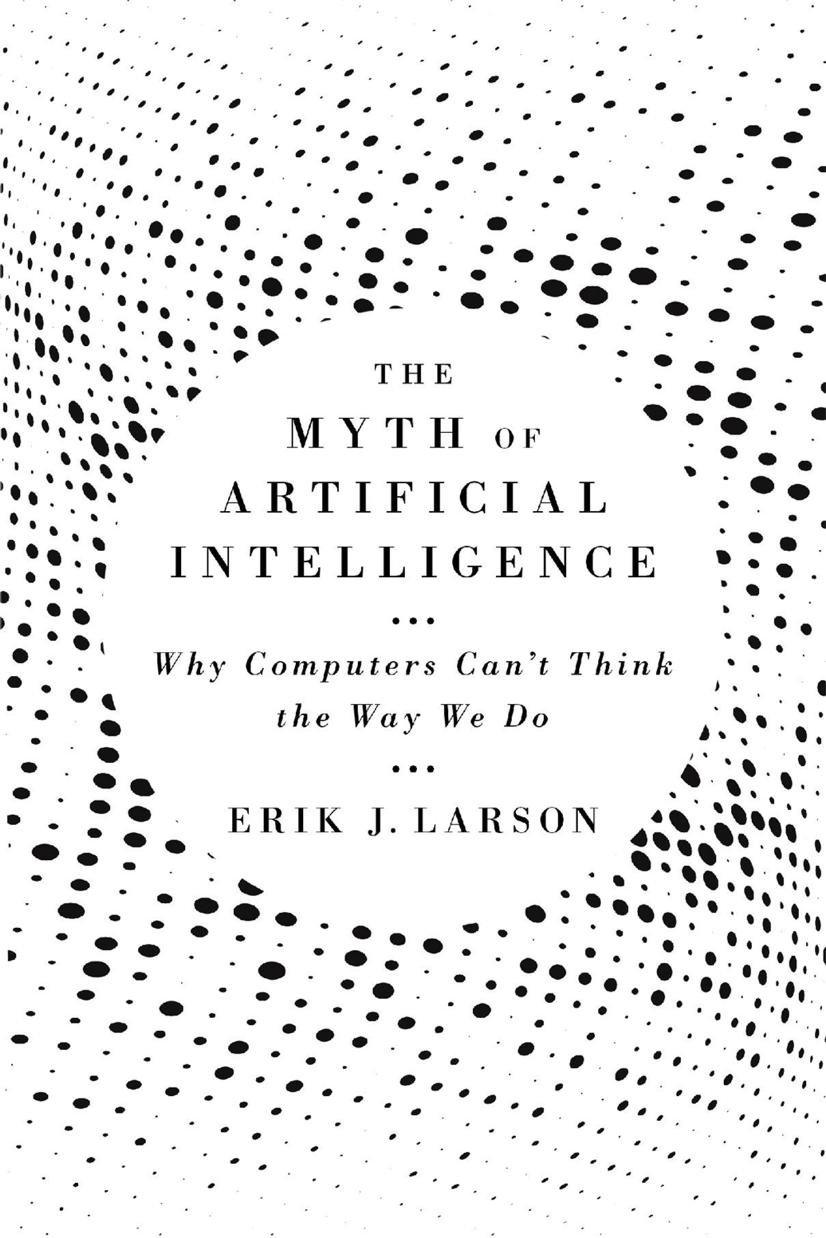The Myth of Artificial Intelligence by Erik J. Larson

Author:Erik J. Larson
Language: eng
Format: epub, pdf
Publisher: Harvard University Press
SURPRISE!
Peirce understood the origins of abduction as a reaction to surprise:
The surprising fact, C, is observed.
But if A were true, C would be a matter of course.
Hence, there is reason to suspect that A is true.7
Surprises are out on the long tail of trouble for induction. And abductive inferences seek explanations of particular facts (A), not generalizations or laws, like induction. C, too, is a particularâa surprising fact. So abduction isnât a generalization at all.
Inferences from particular observations to particular explanations are part of normal intelligence. If Kate, a barista, usually works at the Starbucks on Thursday but not Friday, a computer with knowledge gleaned from prior experience might not expect her on Friday, but would be confronted with a long tail problem if sheâs working on Friday, after all. It might be she is working extra hours, or was called in to cover someone who is sick that day. And she might not work on Thursday, because sheâs sick, or has been transferred to another store, or quit. These are all particular (surprising) facts that might explain her appearance or otherwise. They are commonsense inferences that donât rely on generalizations or expectations. (Criminal investigations, by the way, always begin with surprising facts. Induction might tell us that young males commit most crimes, but the investigator still needs to know who in particular is responsible for this oneâand the culprit need not be young or male, or even human, as we saw in the Rue Morgue.)
Peirce understood abduction as a weak form of inference, in the sense that it was conjecturalâan abduction at time t might be proven wrong at time t + 1. Much inference in the real world is defeasible, that is, proven wrong or incomplete by subsequent observation or learning (say, by reading a book).
Conjectural inference is a feature, not a bug, of intelligent systems. Rosie the Robot might believe that Kate has quit Starbucks because a coworker has provided this information, but when Kate shows up for work ten minutes later, and the coworker is smiling, Rosie the Robot should retract its inference. We scarcely notice how quickly we conjecture plausible reasons for what we see (or read about), and also how quickly we drop or update such conjectures. The everyday world is a constant stream of seemingly surprising facts against a backdrop of expectations. Much of the world, like a traffic light, isnât a constant surpriseâbut then, traffic lights do break, too.
The meaning of an observation itself undergoes a conceptual change with abduction, as well. Whereas induction treats observation as facts (data) that can be analyzed, abduction views an observed fact as a sign that points to a feature of the world. Signs can be thought of as clues, because they are understood from the beginning as embedded in a web of possibility that may help point to or shed light on a particular problem or question important to the observer. In rich cultural contexts like crime-solving, clues are necessary because there are too many facts to analyze, and only a few are relevant.
Download
The Myth of Artificial Intelligence by Erik J. Larson.pdf
This site does not store any files on its server. We only index and link to content provided by other sites. Please contact the content providers to delete copyright contents if any and email us, we'll remove relevant links or contents immediately.
Exploring Deepfakes by Bryan Lyon and Matt Tora(8345)
Robo-Advisor with Python by Aki Ranin(8291)
Offensive Shellcode from Scratch by Rishalin Pillay(6414)
Microsoft 365 and SharePoint Online Cookbook by Gaurav Mahajan Sudeep Ghatak Nate Chamberlain Scott Brewster(5667)
Ego Is the Enemy by Ryan Holiday(5344)
Management Strategies for the Cloud Revolution: How Cloud Computing Is Transforming Business and Why You Can't Afford to Be Left Behind by Charles Babcock(4546)
Python for ArcGIS Pro by Silas Toms Bill Parker(4494)
Machine Learning at Scale with H2O by Gregory Keys | David Whiting(4257)
Elevating React Web Development with Gatsby by Samuel Larsen-Disney(4212)
Liar's Poker by Michael Lewis(3411)
Learning C# by Developing Games with Unity 2021 by Harrison Ferrone(3341)
Speed Up Your Python with Rust by Maxwell Flitton(3295)
OPNsense Beginner to Professional by Julio Cesar Bueno de Camargo(3261)
Extreme DAX by Michiel Rozema & Henk Vlootman(3247)
Agile Security Operations by Hinne Hettema(3169)
Linux Command Line and Shell Scripting Techniques by Vedran Dakic and Jasmin Redzepagic(3159)
Essential Cryptography for JavaScript Developers by Alessandro Segala(3130)
Cryptography Algorithms by Massimo Bertaccini(3071)
AI-Powered Commerce by Andy Pandharikar & Frederik Bussler(3035)
